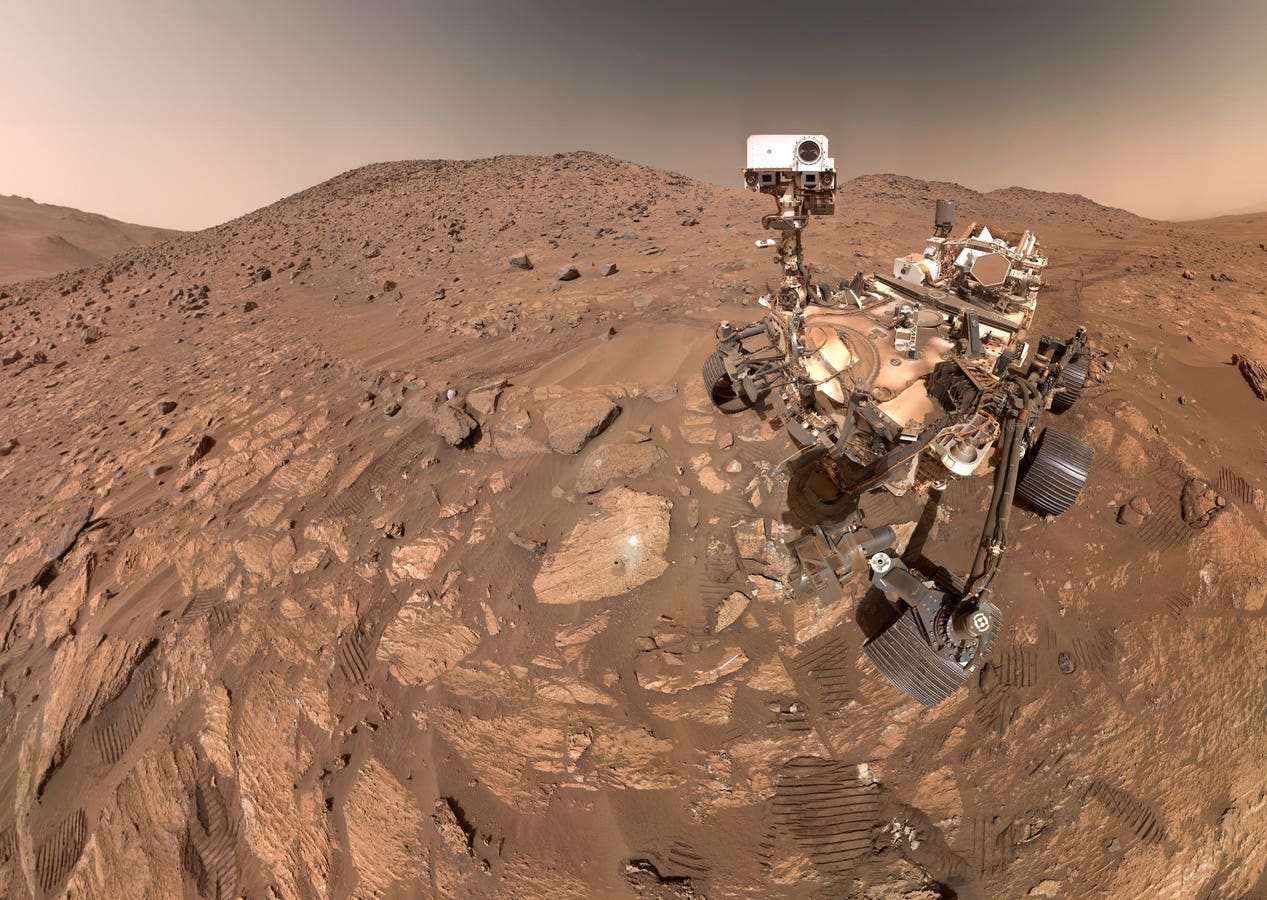The mainstream of crypto into traditional finance
getty
For years, the crypto headlines have vacillated between hype (coin X is breaking out!) and gloom (but limited real-world adoption is nil).
Quietly, the industry has migrated from speculation, into becoming the real plumbing of global finance.
In this piece, I wanted to highlight three key developments that are harbingers of change to come.
The Tokenization Of Real-World Assets
BlackRock already has a tokenized U.S. treasury vehicle with over $1b in assets. This makes it the largest tokenized firm of its kind.
But to me, that’s not the big news. Blackrock is reportedly looking to tokenize its ETFs. This would change how ETFs are traded. It would allow them to be traded 24/7 – and represent an explosion in relevant assets.
BlackRock CEO Larry Fink was blunt: “Every stock, every bond, every fund — every asset — can be tokenized. If they are, it will revolutionize investing.”
Robinhood is making similar moves, launching both tokenized versions of stocks and ETFs over the summer. Interestingly, it includes those of private companies like OpenAI or SpaceX.
The market for tokenized assets already grew 85% last year to $15 billion (excluding stablecoins). McKinsey estimates tokenized markets could reach $2 trillion by 2030. The World Economic Forum projects tokenization could represent 10% of global GDP as soon as 2027.
Tokenization is moving from fringe experimentation, into a likely mainstay of some of the world’s largest asset managers.
Stablecoins Are Becoming Core Money Rails, And Creating New Apps
Stablecoins represent more than $250 billion in value today. More than 500 million wallets now hold stablecoins, with emerging markets driving much of that growth.
While in the past crypto wallets were for speculation, many use cases today are mainstay financial services across treasury, settlements, cross-border payments. For corporates, they enable instant settlement with transparency. For banks, they radically reduce counterparty risk. For investors, they provide stability in volatile markets.
And for consumers in emerging markets, stablecoins offer a way to escape currency depreciation. In countries like Argentina, Nigeria, and Turkey, inflation and currency volatility erode savings. Apps like Dollar App are building on top of stablecoins to allow users to save and spend in US dollars.
Fintechs And Central Banks Are Building Their Own Rails
Making headlines of course are fintech players. For example, Stripe is incubating Tempo, a new Layer-1 blockchain designed for payments. Its design partners include Visa, Deutsche Bank, Shopify, Revolut, Nubank, DoorDash, OpenAI, and Anthropic. Stripe has also spent over a billion dollars acquiring stablecoin infrastructure — including its $1.1 billion acquisition of Bridge (Fintech Futures).
Circle, Visa, and others are experimenting with proprietary blockchains to reduce costs and accelerate settlement.
More quietly, but likely far more transformative are central bank actions. One hundred and thirty-seven countries, representing 98% of global GDP, are now exploring central bank digital currencies. Seventy-two are in advanced development or pilot stages. In Nigeria, the eNaira doubled to 10 million active users in 2024. In India, the e-rupee in circulation grew 334% in a year, exceeding $120 million by Q1 2025.
As governments adopt digital money, banks, fintechs and corporates will likely follow.
The Tone Is Shifting
Whereas much of this innovation was once the viewed as fantasy, it is increasingly becoming mainstream. The U.S. passed the Genius act. Europe passed the MiCA framework for digital assets.
But it has happened slowly and now seemingly all at once.









